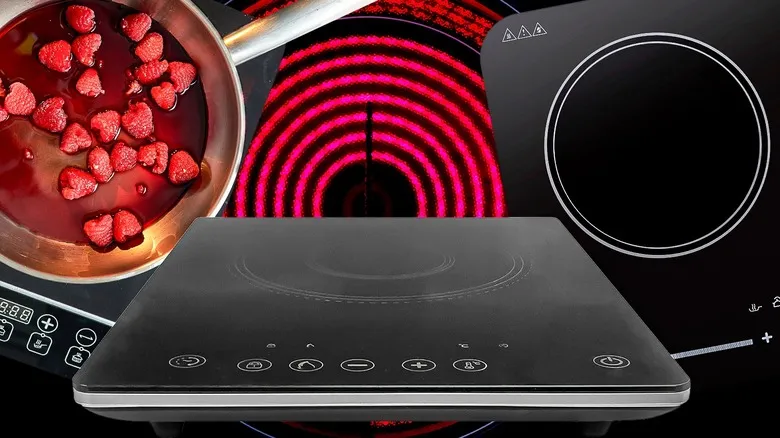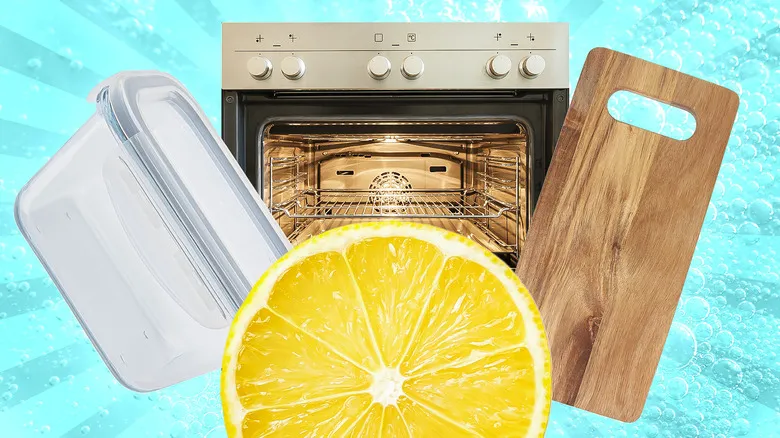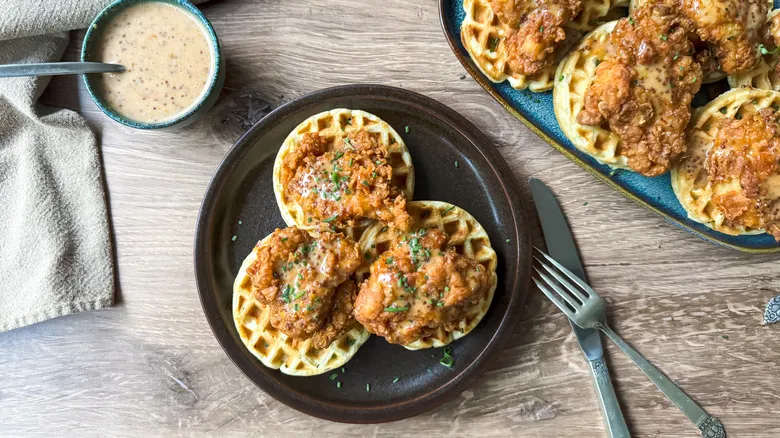Not choosing the proper cookware
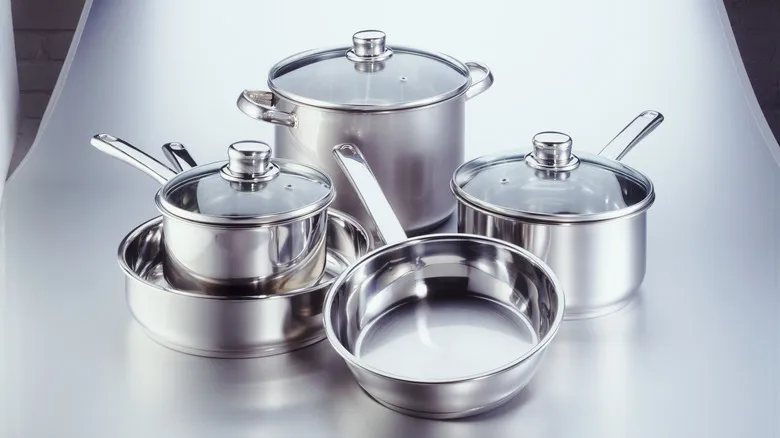
Most standard pots and pans are suitable for use on traditional electric stoves, including options like stainless steel, aluminum, nonstick, cast iron (except on glass-topped stoves), and ceramic cookware. While there are many choices available, there are a few important factors to consider for optimal cooking results.
Firstly, opt for heavy-bottomed pans whenever possible. Although thin pans can quickly adjust to temperature changes—whether heating up or cooling down—this responsiveness isn't always ideal. They are also more prone to warping under high heat. Thicker, heavier pans retain heat longer when needed and are less likely to burn food. For an extra advantage, consider a stainless steel pan with a copper bottom. While full copper cookware is beautiful but costly and challenging to maintain, a copper bottom provides the benefits of excellent heat conductivity, resulting in faster, more efficient, and even heating without the high price tag.
Additionally, it's advisable to select pans with a flat bottom to ensure that the entire underside makes contact with the burner. Some inexpensive or lightweight pans may tilt to one side, often due to the weight of the handle, leaving one side elevated. This can lead to uneven cooking and the frustrating need to constantly rotate either the food or the pan. Beyond the inconvenience, an unbalanced pan can cause the heating element to cycle on and off repeatedly, wasting energy.
Using burners that don't match the size of your pots and pans
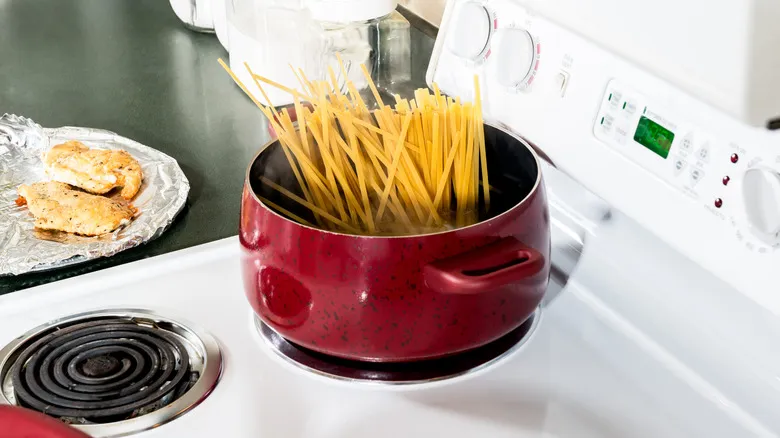
The type of material is important, but the size of your cookware is equally crucial. "It's essential to use the cooking zone that matches the minimum diameter of the pot's base," advises Bree Lemmen. "This ensures even cooking and efficient heating of the pan. Using mismatched burners and pot sizes can result in longer heating or boiling times, as well as uneven heat distribution across the cookware."
Sometimes, using a pot that is too large for your burner is unavoidable, such as when you bring out a big stock pot to prepare soup for a crowd during a holiday gathering. In such cases, be prepared for longer heating times and remember to stir frequently, as the food on the edges of the pot may not heat up as well.
On the other hand, placing a small pot on a large burner can be more problematic. The exposed hot coils pose a burn hazard, and the handles may become too hot to touch. This common mistake on electric stovetops can waste a significant amount of energy; in fact, over 40% of the heat generated by an eight-inch burner is wasted if your pot has only a six-inch base. This not only has environmental implications but can also increase your electricity bill. Fortunately, many modern electric stoves provide a solution. "Electric ranges often come with dual or triple electric elements that feature multiple rings, allowing for a better fit for various pots and pans," Lemmen explains.
Not having patience for slower temperature changes

Cooking with a gas stove allows you to achieve hotter food more quickly. According to Bree Lemmen, "The burners on a gas cooktop provide precise control over the flame level. You can swiftly adjust an open flame if a dish is cooking too quickly or slowly. This means that gas burners heat up and cool down more rapidly than electric stoves." However, she notes that "electric stovetop burners typically offer a more consistent heat output with fewer temperature fluctuations."
If you've transitioned from a gas stove to an electric one, you may have first noticed that water takes longer to boil on a conventional electric stove, whether you're preparing a cup of tea or boiling pasta. Keep this in mind when following recipes, as you'll also need to allow oil more time to heat before adding ingredients to the pan.
In addition to longer heating times, electric stoves also take more time to cool down. Gas stoves have a gap between the burner and the pan, which facilitates air circulation, allowing the pan to cool more quickly once the flame is extinguished. In contrast, pans sit directly on electric burners. If you need to significantly reduce the cooking temperature, consider placing the pan on an unused burner or using the two-burner method by heating a second burner to a lower setting and transferring the pot there when necessary.
Abandoning certain cooking techniques, such as stir-frying
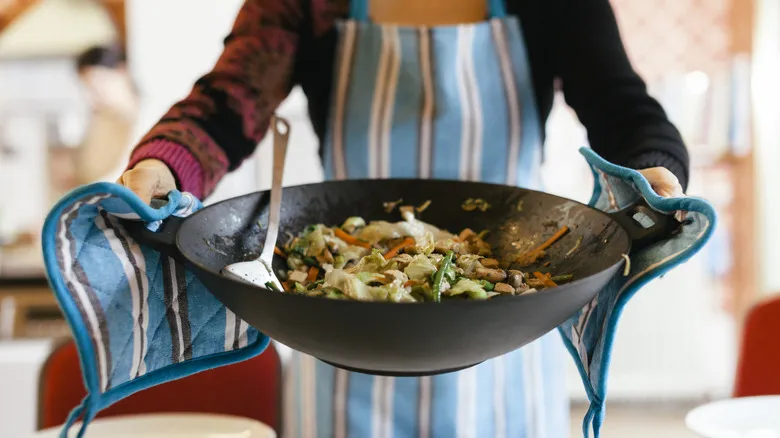
Bree Lemmen explains that electric stoves can effectively deliver the results needed for various cooking methods, whether you're preparing a beloved stir-fry or reheating Chinese takeout for that authentic first-bite taste. "Since they make direct contact with pots and pans, the cookware tends to retain heat better," Lemmen notes. "Moreover, electric stovetops often come equipped with dual or triple electric elements that feature multiple rings, making them perfect for accommodating large or uniquely shaped cookware like a wok."
While gas flames provide the advantage of immediate temperature increases, when it comes to achieving restaurant-quality dishes like fried rice, the type of stove you have at home—gas or electric—doesn't make a significant difference. This is because professional gas ranges in restaurants can reach much higher temperatures.
To master these dishes using an electric stove, consider some clever strategies. Start by purchasing a flat-bottomed wok that matches the size of your burner and allow it to preheat for a longer duration. You can test its readiness by dropping in a bit of water; if it sizzles right away, it’s good to go. Cook stir-fry ingredients in smaller batches to prevent the addition of cold ingredients from lowering the pan's temperature. Lastly, to replicate the wok hei—the signature smoky and charred flavor from a hot wok—try using a blowtorch over your food while stirring to create a torch hei effect.
Not taking the right precautions with glass-topped electric stoves
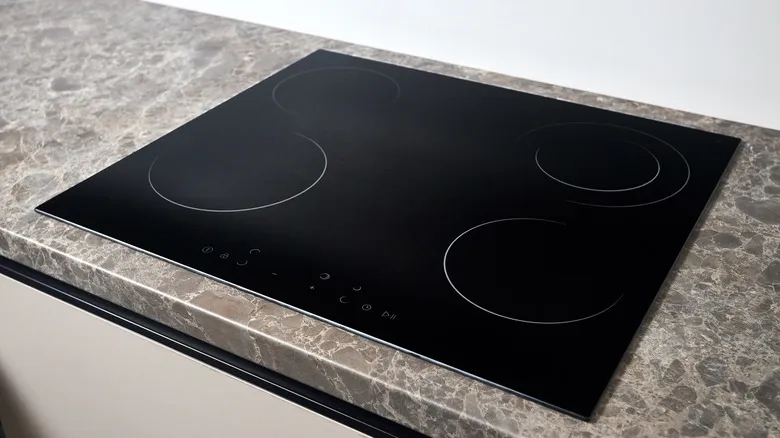
Glass-topped electric stoves operate similarly to coil electric stoves, with the main distinction being the smooth glass surface that covers the entire cooking area. Pots are placed on the glass at the designated burner locations. This glass surface not only enhances the stove's aesthetic appeal but also simplifies the cleaning process, as there are no gaps for food to fall into. However, it is essential to handle the glass with care, as it is more delicate than traditional stovetops and can be easily scratched or damaged.
Selecting the right cookware is crucial. While most pots and pans are suitable, stainless steel is recommended since it poses no specific issues. It's best to avoid using excessively large or heavy cookware, such as a full stockpot, as they can exert enough weight to crack the glass surface. Bree Lemmen advises, "Owners of glass-topped electric stoves should carefully place pans on the surface to prevent damage and avoid sliding them around." With the right precautions, a variety of cookware can be safely used on a glass-top stove.
Many individuals opt to avoid cast iron pans altogether due to their rough bottoms, which can scratch the glass. Additionally, steer clear of porcelain or enamel-coated pans, as they can adhere to the glass at high temperatures. Cleaning a glass stovetop is just as important as choosing the right cookware; use non-abrasive cleaning products and sponges to avoid scratching the surface.
Not learning how your stove performs
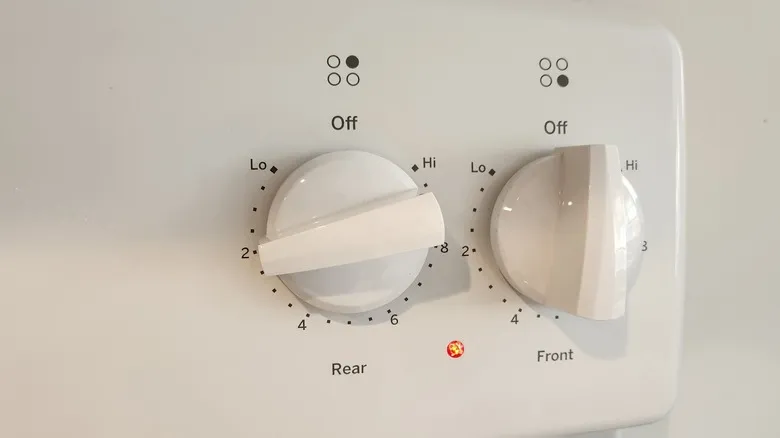
Gas stoves provide a clear view of the flame size, allowing cooks to easily monitor and adjust it as needed. Additionally, food in the pan responds more rapidly to temperature changes. In contrast, electric stoves typically have dials that regulate the temperature of each burner, which is covered by the pan, resulting in slower temperature adjustments. These dials may be labeled with numbers from one to ten, marked with "high" and "low" along with intermediate numbers, or use a similar system. Since stove performance can vary, especially with different cookware, it's important to familiarize yourself with what these numbers signify for your specific electric stove when you begin cooking.
"The settings on electric stoves can differ, so it's wise to take the time to understand your own controls," advises Bree Lemmen. She provides the following general guidelines for each setting: Use the high setting to bring liquids to a boil and cook foods quickly. The medium-high setting is suitable for maintaining a vigorous boil or for quickly browning or searing ingredients. A medium setting is ideal for sustaining a gentle boil, frying or sautéing foods, and cooling soups and sauces. Opt for medium-low when stewing, steaming, or simmering. The low setting is perfect for keeping food warm or melting butter and chocolate. Lastly, some stoves come with a warm zone, which is handy for keeping dishes warm for later serving.
Underestimating how long it takes electric stoves to cool
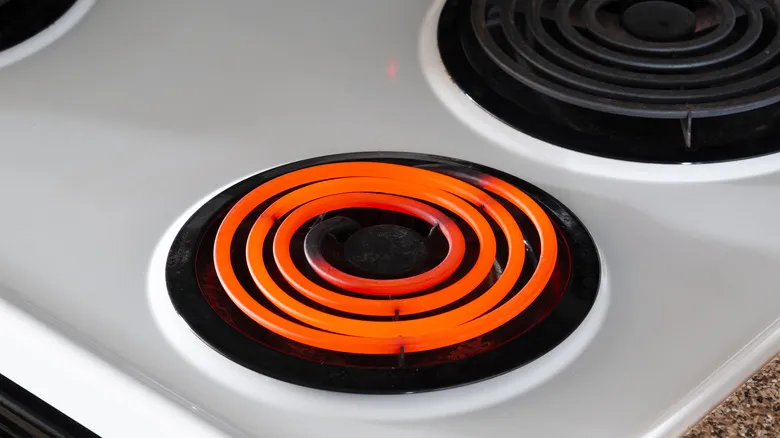
With a gas stove, you can complete your cooking, turn off the burner, and leave the pot in position. However, if you do the same with an electric stove, you might discover that your food has overcooked or even burned. This highlights a key difference between gas and electric stoves. Gas burners cease to generate heat immediately when turned off, allowing you to leave the pan in place after cooking. In contrast, electric coils take time to cool down. Even after being switched off, they remain hot enough to continue cooking the food. To prevent this, you'll need to physically move your pan off the burner. You can transfer it to an unused burner or, if all burners are in use—like on Thanksgiving—relocate the pan to a hot plate on the counter or another available surface.
While the extended cooling time can be an issue if you accidentally burn your meal, it can be beneficial if you want to keep a dish warm. This is not advisable for perfectly cooked items, such as seared meats, fish, or vegetables that could overcook or burn if left unattended, but it can be useful for dishes like soup.
A word of caution: when cooking on high heat, a burner may glow red, but there’s no visual indication of heat when it’s black. Avoid touching the stove until it has cooled down sufficiently, and be especially careful around children.
Using the high setting indiscriminately
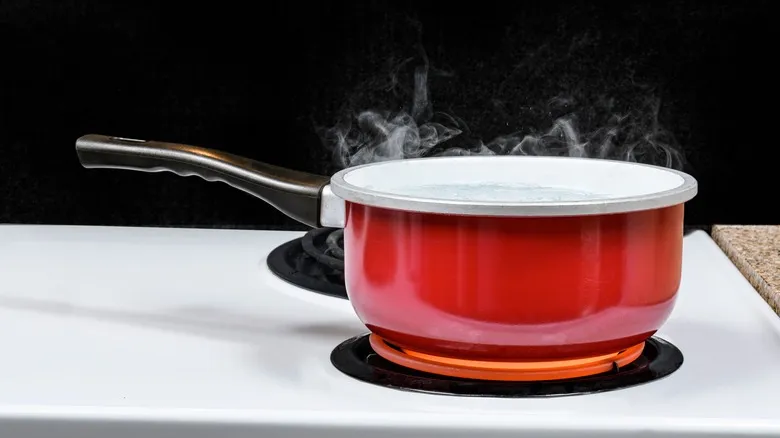
Bree Lemmen explains that the highest setting on your cooktop is perfect for quickly raising the temperature to bring water to a rapid boil or for swiftly heating cooking liquids. While high heat is also suitable for searing meats and stir-frying, it's not always necessary to use the maximum setting on an electric stove for these tasks. In fact, using such intense heat can easily lead to burning your food.
Reserve the highest setting for boiling liquids. Covering the pot can help increase the internal temperature and decrease the time it takes for the water to boil, which also conserves energy. Once the water reaches a boil, reduce the heat. Although the highest setting may speed up the initial boiling process, it can create overly vigorous water movement, leading to spills that can wet the burner and create a challenging cleanup, especially with starchy foods like pasta that can leave a sticky residue prone to burning. Familiarize yourself with your stove; lowering the heat to a medium-high setting is often sufficient to maintain a steady boil.
Be mindful of your cookware when cooking on high heat. Excessive heat can damage and warp pans not designed for such temperatures. For instance, nonstick pans should never be heated beyond medium. If you're using an older electric range, high heat can even cause discoloration around the edges of the burner on the stove's surface.
Not discovering workarounds to char food
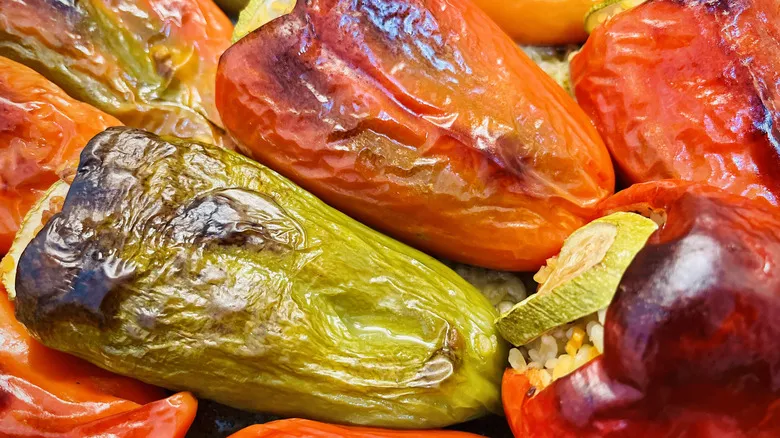
When considering how to achieve perfectly roasted vegetables, the oven often comes to mind. However, a gas stove can also provide similar results. According to Bree Lemmen, "The burners on a gas cooktop offer precise control over the flame, allowing you to char and grill foods directly on the burner." One of the benefits of using a gas stove is the ability to hold items like peppers with tongs directly over the open flame, rotating them until all sides are nicely charred.
This method isn't feasible or safe with an electric burner. "We advise against placing any food directly on an electric burner, as it can stick to the cooktop and pose safety risks. Nevertheless, there are certainly ways to achieve various results using cookware and inventive cooking techniques," Lemmen clarifies.
One alternative is to utilize the oven's broiler or to char foods with a blowtorch. For a method that mimics roasting over an open flame, we suggest a chili roaster, such as the stainless steel round wire roaster available on Amazon. This tool features a metal grill with short legs that sits above an electric burner, allowing food placed on the rack to benefit from proximity to a strong heat source. It's perfect for charring vegetables like chili peppers and bell peppers, as well as roasting flatbreads like roti and tortillas.
Not learning about fire safety
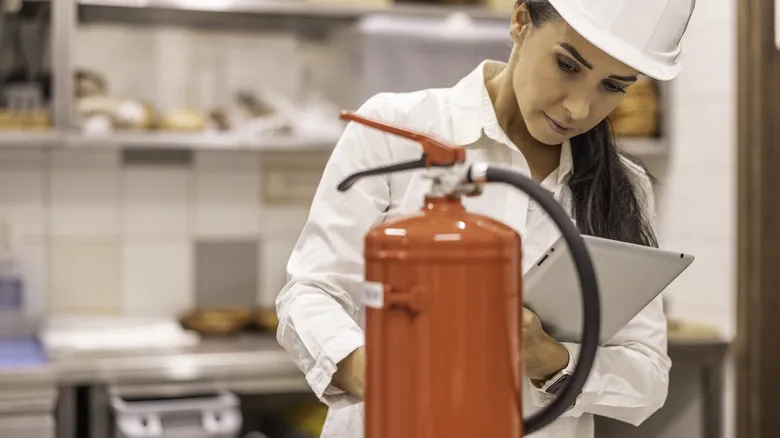
Gas stoves have recently come under scrutiny for their potential air quality hazards, but electric stoves also come with their own set of risks. The primary concerns with electric stoves are fire hazards and burns, rather than air quality. If you're in the market for an electric stove, it's wise to invest in a high-quality model. While cheaper options may be tempting, they often carry a higher risk of fire due to inferior wiring or faulty parts.
High-quality electric stoves are more likely to include essential safety features such as child locks, heat indicator lights, and automatic shutoff mechanisms. It's important to note that electric burners remain hot even after being turned off and take longer to cool down compared to gas burners, increasing the likelihood of accidents. Mistakenly turning on the wrong burner or forgetting that the stove is on can lead to dangerous situations. Unattended electric burners can heat up significantly more than those with pots on them, as the pot absorbs some of the heat. Safety features like warning lights and automatic shutoff can help mitigate the risk of fires or burns in these scenarios.
Always keep flammable materials, such as kitchen towels, away from the burners to prevent fires. Additionally, maintain a safe distance from plastic items, as they can melt, adhere to the burner, and release toxic fumes. If you find yourself dealing with melted plastic on your stove, a baking soda solution can assist in cleaning it up. Lastly, make it a habit to regularly clean and inspect your stove for any damage, and familiarize yourself with how to use your fire extinguisher before an emergency arises.
Confusing the difference between electric and induction stovetops
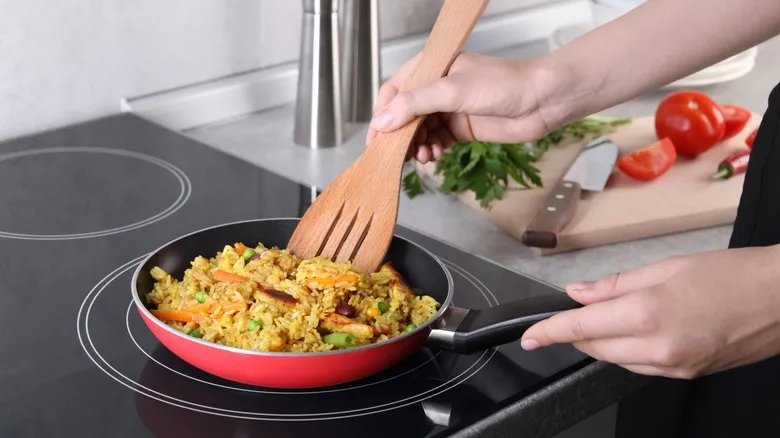
As both are electric appliances, some individuals might find it challenging to distinguish between electric and induction stovetops. These two types of cooktops operate differently and necessitate different types of cookware. Bree Lemmen clarifies that the primary distinction lies in their heat generation methods. She explains that electric cooktops "generate radiant heat by allowing electricity to flow through heating elements, which then emit heat waves to the cookware," while induction cooktops "utilize copper coils to create an electromagnetic field that directly heats the cookware."
Using magnetic cookware is essential with an induction stove; otherwise, the pot or pan will not heat up at all. "Induction cooktop technology transforms pots and pans into their own heat sources by producing electromagnetic energy through copper coils that interact directly with compatible cookware," Lemmen states. "This allows induction cooktops to offer rapid cooking and precise temperature control since the heat does not need to transfer through a surface."
For induction cooktops, ferromagnetic cookware is recommended, as it either has a layer of or is made entirely from magnetic materials. According to Lemmen, suitable options include enameled steel, cast iron, or stainless steel specifically designed for induction cooking. "If non-ferromagnetic cookware is used on an induction cooktop, it will not be recognized by the burner and will therefore not heat," she notes. In addition to quicker heating times and easier cleanup, induction stoves can be safer overall since their surfaces remain cool. However, the pots and pans will still become hot, so it is important to take necessary precautions.
Recommended
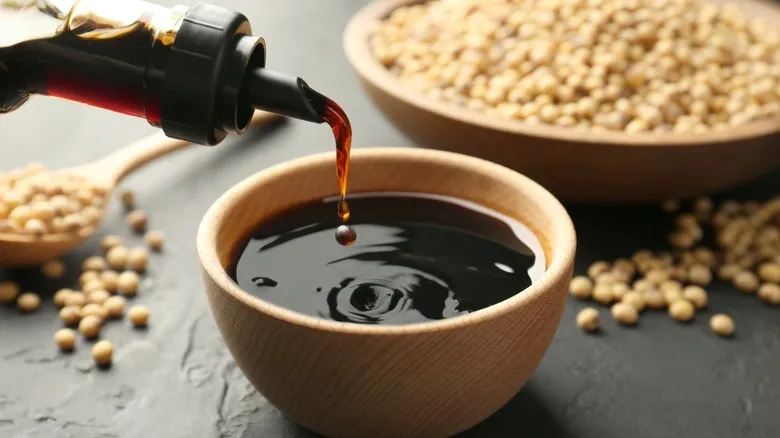
How To Make Teriyaki Sauce With Just 2 Ingredients

Shepherd's Vs Cottage Pie: What's The Difference?
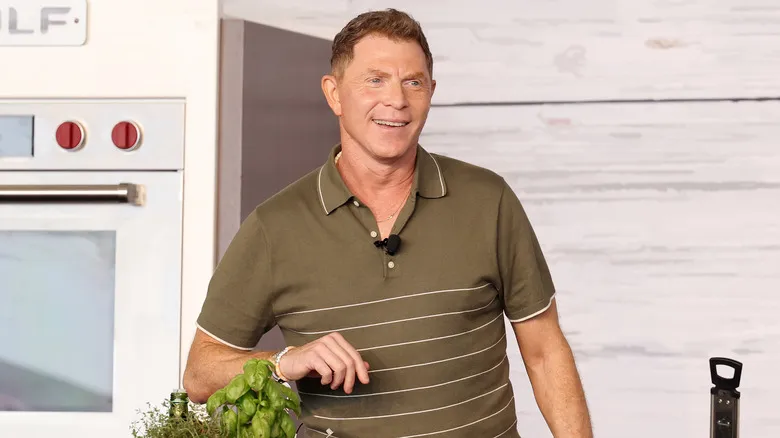
The Reason Bobby Flay Always Throws Away Old Spices
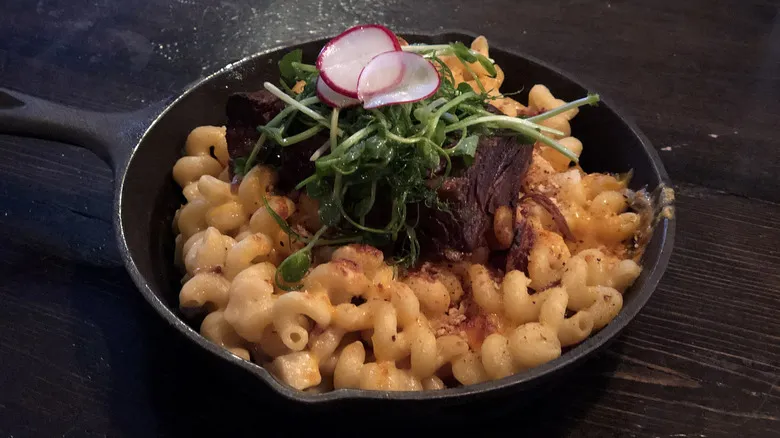
Use Leftover Brisket To Seriously Upgrade Your Mac And Cheese
Next up

